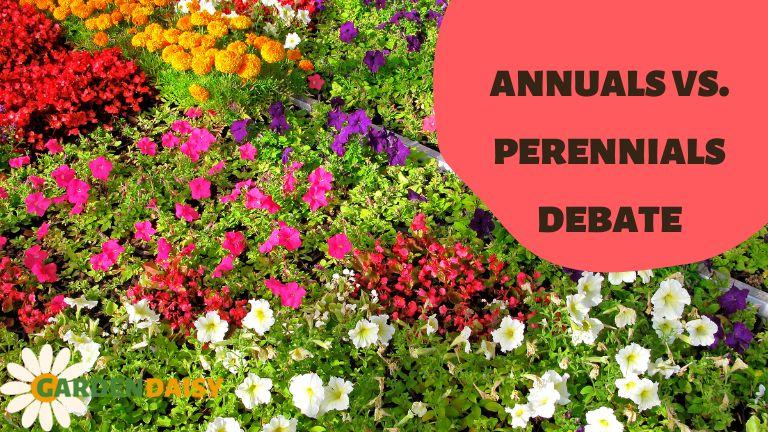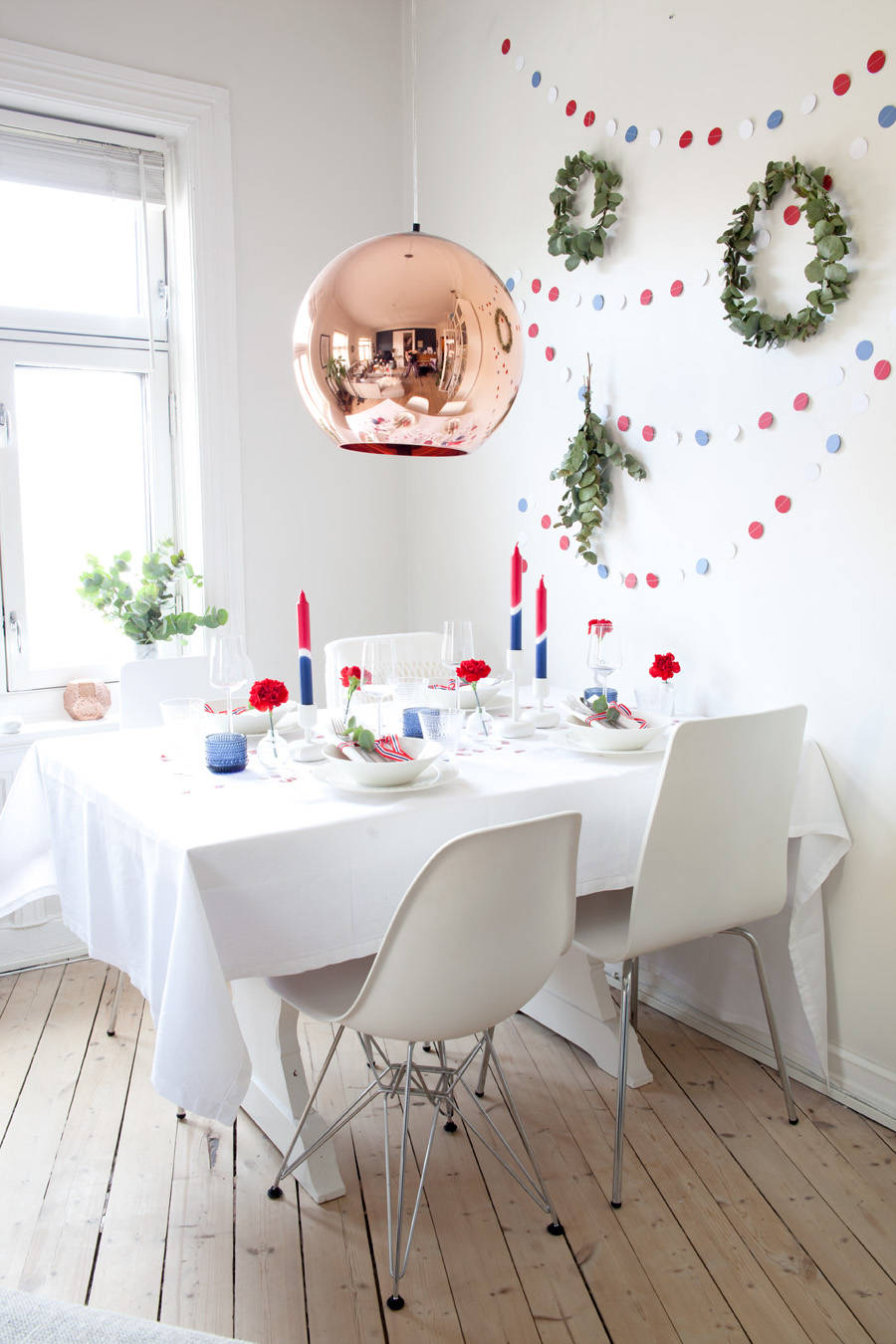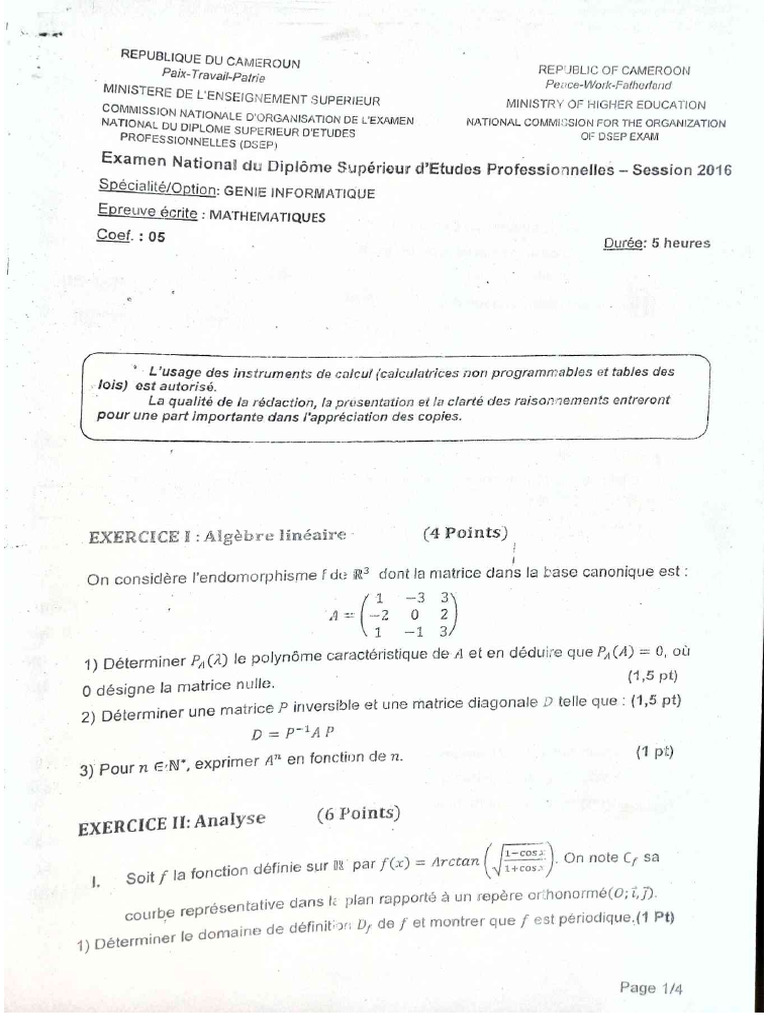Annuals Vs. Perennials: Which Flowers Are Right For Your Garden?

Table of Contents
Understanding Annual Flowers
What are Annual Flowers?
Annual flowers complete their entire life cycle – from seed to flower to seed – within a single growing season. Unlike perennials, they don't survive the winter. Popular examples of annual flowers include zinnias, petunias, sunflowers, marigolds, and impatiens. These easy to grow annuals offer a wide range of colors and forms, making them incredibly versatile for gardeners of all skill levels.
Pros of Annual Flowers
- Bright, Vibrant Colors: Annuals are renowned for their intensely vibrant and diverse colors. Their blooming season is often packed with showy blooms, providing a constant display of seasonal color in your garden.
- Wide Variety of Colors and Forms: From delicate trailing petunias to towering sunflowers, the sheer variety of annual flowers is astounding. This allows for endless creative possibilities in garden design.
- Fast-Growing: Many annuals are quick to germinate and flower, allowing you to enjoy blooms relatively quickly after planting. This makes them ideal for filling gaps or quickly adding pops of color to your landscape.
- Excellent for Filling Gaps: Their rapid growth makes annuals perfect for filling in empty spaces between perennials or creating instant impact in containers and window boxes.
- Perfect for Containers and Window Boxes: Their compact size and diverse forms make annuals ideal for container gardening, allowing you to easily create beautiful floral displays on patios, balconies, or windowsills. Easy to grow annuals are especially well-suited to this.
Cons of Annual Flowers
- Need to be Replanted Annually: This is the most significant drawback. You'll need to purchase and plant new annual flowers each spring, which can increase planting costs.
- Higher Initial Cost: While individual plants might not be expensive, buying enough to fill a large garden space can be costly. This is especially true if you choose many different varieties.
- More Maintenance: Annuals generally require more frequent watering, deadheading (removing spent blooms), and fertilization compared to perennials. This increases garden maintenance requirements.
Understanding Perennial Flowers
What are Perennial Flowers?
Perennial flowers live for more than two years, returning year after year to grace your garden with their beauty. They die back to the ground in winter but re-emerge in spring. Examples include coneflowers, daylilies, hostas, lavender, and salvia. Many spring-blooming perennials will delight you early in the season, while summer-blooming perennials add to the display later.
Pros of Perennial Flowers
- Come Back Year After Year: This is their most significant advantage, saving you the time and expense of replanting every year. Long-lasting blooms are a hallmark of many perennial species.
- Less Expensive in the Long Run: While the initial investment might seem higher than annuals, the long-term cost savings are substantial.
- Establish a More Permanent Garden: Perennials build a more structured and enduring garden over time, creating a sense of permanence and continuity.
- Provide Structure and Interest Throughout the Seasons: Many perennials offer interesting foliage even when not in bloom, providing visual interest throughout the year.
Cons of Perennial Flowers
- Slower to Establish: Perennials take longer to mature and flower compared to annuals.
- May Require More Specialized Care: While many perennials are low-maintenance, some may require specific care depending on their variety.
- Some May Need Dividing Every Few Years: Over time, some perennials may become overcrowded and need dividing to maintain their vigor. This adds a bit more garden upkeep to their care.
Choosing the Right Flowers for Your Garden
Factors to Consider
Several crucial factors influence the best choice for your garden:
- Climate (Hardiness Zones): Selecting plants appropriate for your hardiness zone is crucial for their survival.
- Sunlight Requirements: Consider the amount of sun exposure your garden receives.
- Soil Type: Different plants thrive in different soil conditions.
- Desired Bloom Time: Do you want continuous color or blooms concentrated in specific seasons?
- Garden Size and Style: Choose plants that complement the size and style of your garden.
- Personal Preferences: Ultimately, choose flowers you find beautiful and enjoyable.
Combining Annuals and Perennials
Many gardeners achieve the best results by combining annuals and perennials. Annuals can fill gaps between perennials or add bursts of bright color, while perennials provide the backbone and structure of the garden. Mixed borders, for example, are a testament to this successful combination. Garden design ideas often incorporate this approach for visual balance.
Conclusion
Annuals and perennials each offer unique advantages. Annuals provide vibrant, fast-growing color, while perennials offer long-term beauty and cost savings. The best choice depends on your time commitment, budget, desired garden aesthetic, and your climate’s hardiness zone. Start planning your dream garden today! Whether you choose vibrant annual flowers or long-lasting perennials, the right selection will transform your outdoor space. Learn more about annuals and perennials and find the perfect flowers for your garden needs!

Featured Posts
-
 Mai I Moss Programmet For Nasjonaldagen Er Klart
May 29, 2025
Mai I Moss Programmet For Nasjonaldagen Er Klart
May 29, 2025 -
 Joshlin Sale Controversy Smith Denies Involvement Accuses Lombaard And Letoni
May 29, 2025
Joshlin Sale Controversy Smith Denies Involvement Accuses Lombaard And Letoni
May 29, 2025 -
 U S Investment In Canada A Call For Diversification
May 29, 2025
U S Investment In Canada A Call For Diversification
May 29, 2025 -
 Bandung Hujan Hingga Sore Prakiraan Cuaca Jawa Barat 23 April
May 29, 2025
Bandung Hujan Hingga Sore Prakiraan Cuaca Jawa Barat 23 April
May 29, 2025 -
 Tah Completes Bayern Munich Move Deal Finalized
May 29, 2025
Tah Completes Bayern Munich Move Deal Finalized
May 29, 2025
Latest Posts
-
 Epreuves Bts 2025 Dates Cles Et Calendrier Des Resultats
May 30, 2025
Epreuves Bts 2025 Dates Cles Et Calendrier Des Resultats
May 30, 2025 -
 Bts 2025 Quand Auront Lieu Les Examens Et La Sortie Des Resultats
May 30, 2025
Bts 2025 Quand Auront Lieu Les Examens Et La Sortie Des Resultats
May 30, 2025 -
 Bts Reunion Teaser What Does It Mean For A Comeback
May 30, 2025
Bts Reunion Teaser What Does It Mean For A Comeback
May 30, 2025 -
 New Bts Teaser Fuels Comeback Rumors Among Army
May 30, 2025
New Bts Teaser Fuels Comeback Rumors Among Army
May 30, 2025 -
 Resultats Bts 2025 Calendrier Complet Des Examens
May 30, 2025
Resultats Bts 2025 Calendrier Complet Des Examens
May 30, 2025
